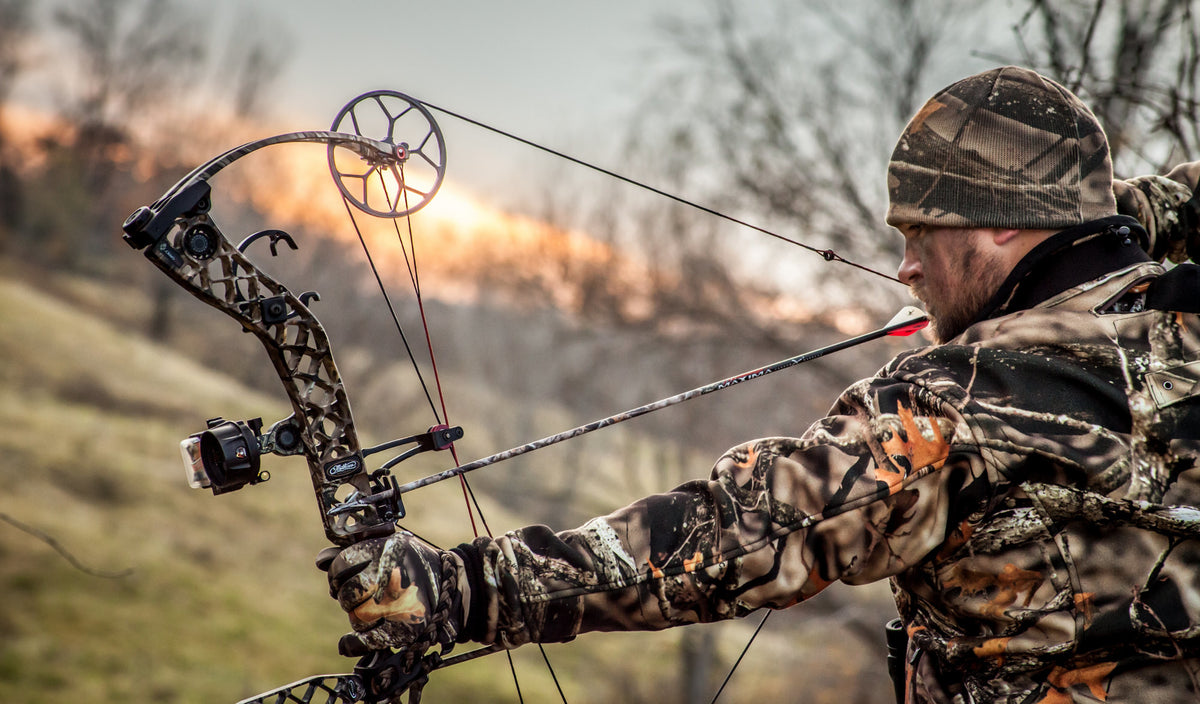How to Choose the Right Bow Stabilizer: Expert Tips and Guidance
How to Choose the Right Bow Stabilizer: Expert Tips and Guidance
Blog Article
Maximize Your Archery Precision With These Bow Stabilizer Methods
One important element that can significantly affect your efficiency is the correct use of bow stabilizers. Whether you are a seasoned archer looking to refine your abilities or a newbie anxious to enhance your precision, understanding these bow stabilizer strategies could be the trick to hitting your mark with exceptional consistency.
Advantages of Making Use Of Bow Stabilizers
Making use of bow stabilizers can dramatically improve an archer's precision and overall efficiency by minimizing bow torque and resonance. Furthermore, bow stabilizers wet vibration, which not only enhances the convenience of shooting however additionally prevents the bow from jumping upon launch, hence aiding in preserving correct aim.
Additionally, bow stabilizers can aid in holding the bow constant, especially during gusty problems or when firing from longer ranges. The added weight at the front of the bow offers stability and equilibrium, permitting the archer to concentrate on intending without the interruption of bow motion. Generally, the advantages of making use of bow stabilizers expand beyond just accuracy, enhancing the archer's experience and performance in different shooting situations.
Selecting the Right Bow Stabilizer
Choosing the ideal bow stabilizer is crucial for optimizing your archery equipment and improving shooting performance. When choosing a bow stabilizer, there are several elements to consider to ensure you find the right fit for your needs. Consider the weight of the stabilizer. Larger stabilizers can aid lower bow torque and soak up even more vibration, causing a steadier goal. Lighter stabilizers supply more ability to move, which can be useful in particular shooting circumstances.
Finally, take into consideration the design of the stabilizer. Some stabilizers include flexible weights or dampeners that permit you to customize the balance and feeling of your bow. Inevitably, picking the best bow stabilizer includes locating an equilibrium in between weight, material, design, and length to enhance your shooting accuracy and overall performance.
Appropriate Setup Methods
To make certain optimum efficiency and safety in archery, mastering proper installation techniques for your bow stabilizer is vital. The primary step in setting up a bow stabilizer is to determine the right positioning on your bow. A lot of stabilizers are connected to the front of the riser, listed below the hold, to assist counterbalance the weight of accessories such as sights and quivers. Ensure that the stabilizer is not interfering with various other parts or preventing your capturing type.
Following, firmly connect the stabilizer to the bow utilizing the appropriate mounting equipment. It is important to tighten the stabilizer well to avoid any kind of wobbling during shots. Some stabilizers feature adjustable weights that can be added or eliminated to fine-tune the balance of your bow. Try out different weight arrangements to find the optimum equilibrium that matches your capturing design.

Adjusting Stabilizer Weight and Length
After making sure the correct installment of your bow stabilizer, the following step involves adjusting the weight and length to optimize its performance in improving archery accuracy. The weight of the stabilizer plays a vital duty in decreasing bow activity throughout the shot cycle. Including weight to the stabilizer can aid wet resonances and boost security, bring about even more regular and precise shots. On the other hand, decreasing the weight can enhance maneuverability, which is useful for circumstances needing quick target acquisition.
When it comes to stabilizer size, discovering the best balance is vital. A longer stabilizer can supply higher stability by raising the range between the bow and the weight at the end of the stabilizer. This included distance enhances the maintaining impact, especially in gusty conditions or when contending longer ranges. Conversely, a much shorter stabilizer uses extra ability to move and might be chosen by archers that value agility and fast motions throughout shooting.
Advanced Stabilizer Tuning Tips
Accomplishing optimal bow security and accuracy in archery resource demands a nuanced method to innovative stabilizer tuning. Advanced stabilizer tuning includes fine-tuning numerous parts to improve the bow's balance, minimize resonance, and enhance overall precision. One vital strategy is to trying out different stabilizer arrangements, including back-bar and side-bar arrangements, to find the optimal equilibrium in between stability and ability to move for your capturing design. bow stabilizer. In addition, readjusting the angle and positioning of the stabilizer can have a substantial influence on just how the bow responds upon launch.
An additional crucial aspect of innovative stabilizer adjusting is maximizing the damping residential properties of the stabilizer system. This can be accomplished by incorporating extra dampening devices such as rubber dampeners or harmonic stabilizers check this site out to even more decrease vibration and noise. Checking out different products for the stabilizer building and construction, such as carbon fiber or light weight aluminum, can also influence the bow's efficiency by modifying its weight distribution and stiffness. By thoroughly fine-tuning these sophisticated stabilizer components, archers can optimize their accuracy and uniformity on the array or in competition.
Conclusion
In verdict, taking full advantage of archery accuracy can be accomplished via the appropriate option, installation, and modification of bow stabilizers. Overall, integrating bow stabilizers right into archery practice can lead to enhanced efficiency and increased precision.
Making use of bow stabilizers can considerably boost an archer's precision and overall efficiency by decreasing bow torque and vibration. Longer stabilizers supply greater stability and balance, specifically for long-distance capturing, while shorter stabilizers offer even more convenience and are simpler to navigate in limited rooms (bow stabilizer). Carbon fiber stabilizers are sturdy and light-weight, while light weight aluminum stabilizers are robust and supply excellent resonance moistening
A longer stabilizer can supply greater stability by raising the range find this between the bow and the weight at the end of the stabilizer.An additional vital facet of sophisticated stabilizer adjusting is enhancing the damping buildings of the stabilizer system.
Report this page